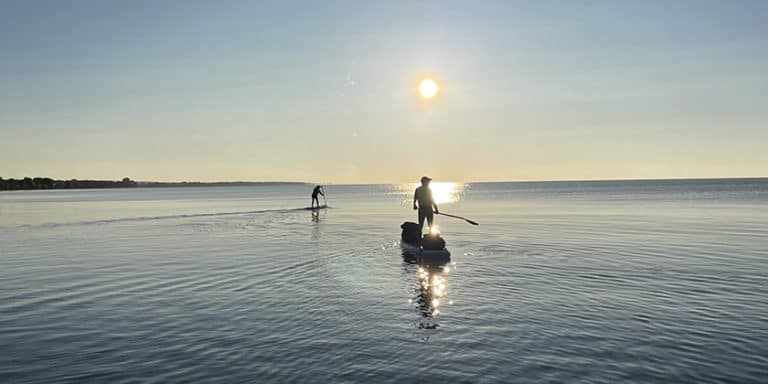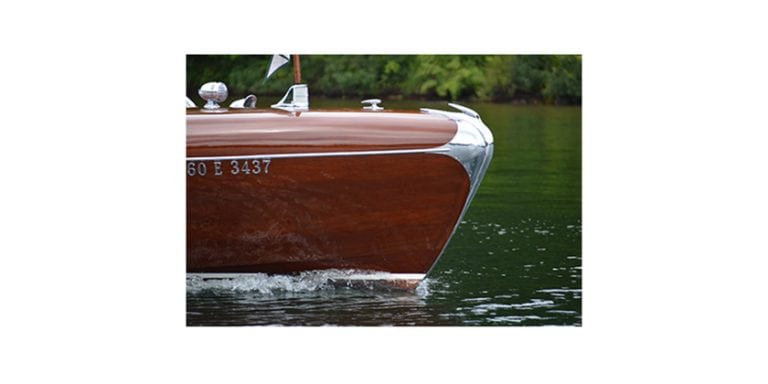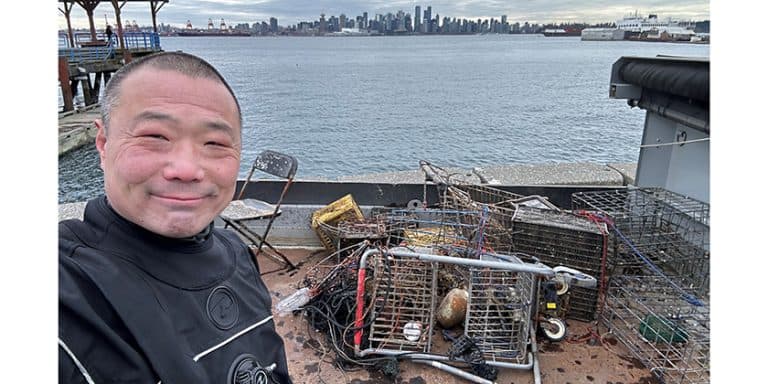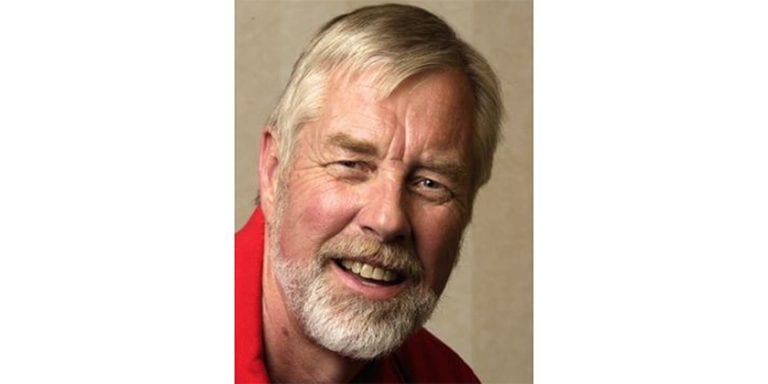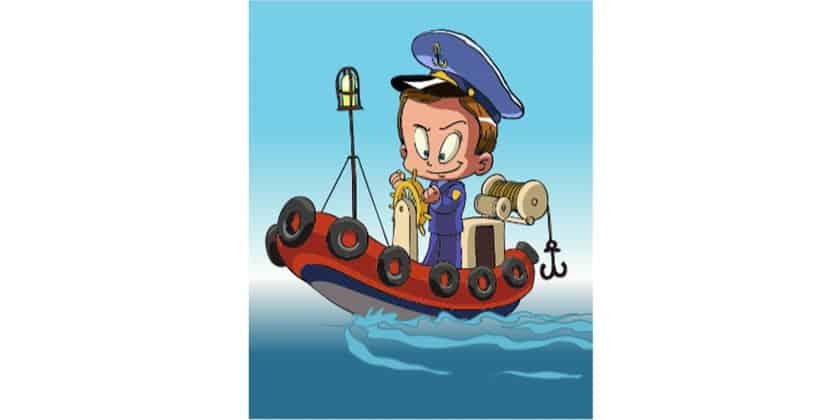Greavette Streamliner – the aristocrat

Nov 8, 2018
Class, elegance, beauty and performance are all key aspects of Greavette boats. Among the many boat models that display these powerful characteristics best of all is the Greavette Streamliner series.
Starting in 1930, Greavettes made production line boats which were a first for Muskoka boat builders. However, in 1933 they announced they would also build custom boats and hired John L. Hacker to design exclusively in Canada for Greavettes. Hacker remained through 1937 designing and supervised the building of several successful boats including four Streamliners.
The original Streamliners evolved from a Hacker designed Greavette hydroplane named Little Miss Canada which had a torpedo style bow with curving hull sides.
 In 1936 one of the most unique streamliners was built. It was 33 feet in length with a 7 foot beam and has elliptical shaped hull. This boat, Curlew, has been in the Murrary Walker Grace and Speed boathouse at Muskoka Discoveery Centre on several occasions. She gathers a lot of attention as she is the only torpedo shaped stern design. She was originally powered by a 300 hp V12 Scripps gasoline engine.
In 1936 one of the most unique streamliners was built. It was 33 feet in length with a 7 foot beam and has elliptical shaped hull. This boat, Curlew, has been in the Murrary Walker Grace and Speed boathouse at Muskoka Discoveery Centre on several occasions. She gathers a lot of attention as she is the only torpedo shaped stern design. She was originally powered by a 300 hp V12 Scripps gasoline engine.
After 1937 Douglas Van Patten took over designing for Greavettes and modified the early Streamliner to create the famous fully rounded hulled design. The Streamliner series proved very popular with the new Van Patten hull design and with the exception of the war years were built until 1965.
 Five models were offered in a range from 18’ to 28’ carrying 5 to 8 passengers at speeds up to 45 mph. These luxury runabouts came very well equipped with unique chrome fittings, grated flooring and leather upholstery justifying the high price to be paid for a fine boat. According to a 1954 Greavette brochure the 22 footer was offered at $5622, the 24 footer was $6019, 26 footer at $6821 and the 28 footer at $8324 not including the price of engines. Various interior layouts were offered customized to the owner’s requirements with many featuring a walk-around engine compartment.
Five models were offered in a range from 18’ to 28’ carrying 5 to 8 passengers at speeds up to 45 mph. These luxury runabouts came very well equipped with unique chrome fittings, grated flooring and leather upholstery justifying the high price to be paid for a fine boat. According to a 1954 Greavette brochure the 22 footer was offered at $5622, the 24 footer was $6019, 26 footer at $6821 and the 28 footer at $8324 not including the price of engines. Various interior layouts were offered customized to the owner’s requirements with many featuring a walk-around engine compartment.
The last of the 60 Streamliners built, was a 24 footer for Ernie Waddell of Windsor, Ontario in 1965.
 Several custom Streamliners were built beyond the stock models including a 1941, 33 foot triple cockpit boat with twin V-8 engines. Also in 1947, a special 26 footer was built for Bermuda waters and was called the Bermuda Silver Queen. The twin cockpit boat was finished in a sleek silver colour covering the mahogany planking.
Several custom Streamliners were built beyond the stock models including a 1941, 33 foot triple cockpit boat with twin V-8 engines. Also in 1947, a special 26 footer was built for Bermuda waters and was called the Bermuda Silver Queen. The twin cockpit boat was finished in a sleek silver colour covering the mahogany planking.
The fact that so many Streamliners are still around today and are in such good condition is no doubt because of the quality and care that went into building them. Also the unique appearance has always been sought after by exclusive owners.
The Streamliner was truly “the aristocrat of family runabouts” establishing Greavettes as masters in boating craftsmanship.
– John Storey

